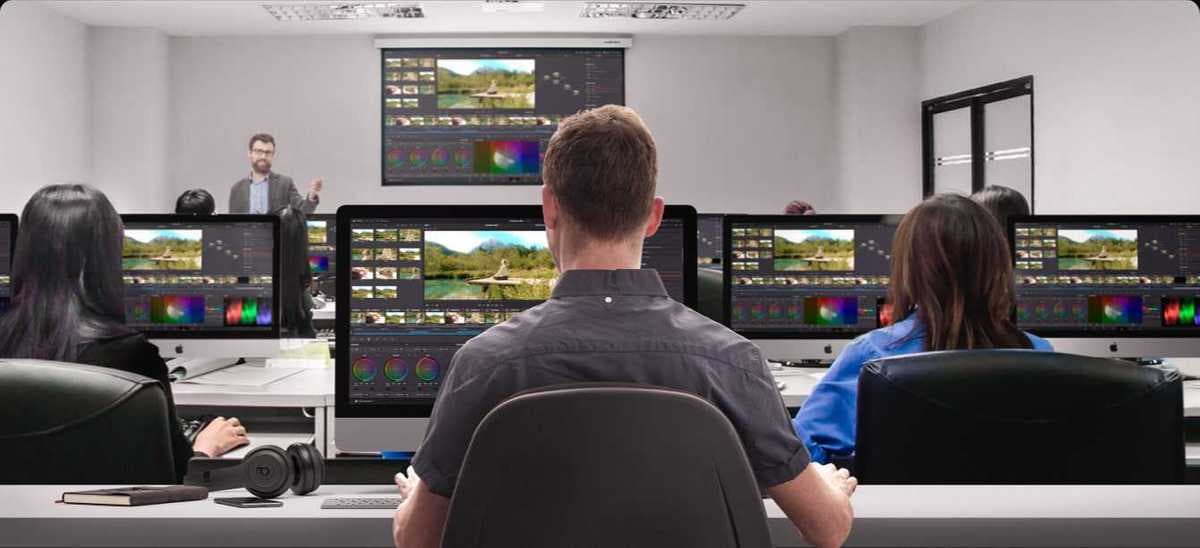Have you ever wished you’d captured a moment in slow-motion on your camera, but didn’t? Or did you capture a video at a high frame rate but can’t figure out how to make it playback in slow motion? This article gives you 4 quick methods to give your clips a stunning slow-motion effect on DaVinci Resolve.
Contents
- Method 1: Setting a clip’s frame-per-second playback rate using ‘Clip Attributes.’
- Method 2: Changing Clip Speed
- Method 3: Frame Interpolation
- Method 4: Setting a Constant Frame Rate on the Cut Page to obtain Slow Motion Effect
- Conclusion
Method 1: Setting a clip’s frame-per-second playback rate using ‘Clip Attributes.’
Did you record your shot at a high frame rate (say, 120 frames per second) but want to override the clip’s playback rate to 24 frames per second, so it always plays in slow motion?
- In the Media Pool, Cut Page, or Edit Page, right-click on the clip in a bin and choose ‘Clip Attributes.’
- From the ‘Video’ tab, use the ‘Frame Rate‘ pull-down to choose your desired frame rate.
- Press’ OK,’ and your clip will now always playback at the new frame rate.
Method 2: Changing Clip Speed
Press R to bring up the Change Speed Dialogue. You can also access Change Clip Speed by right-clicking on the clip or the clip menu at the top of the interface.
Change the speed to, e.g., 50% to slow it down to half speed. Check the Ripple Timeline Box and click Change. The clip now plays in 50% slow motion and has doubled in length. A speedometer icon on the clip lets you know you have changed the clip’s speed.
Method 3: Frame Interpolation
When you don’t have enough frames to slow down your clip, DaVinci Resolve needs to use the frames it has to make up the missing frames, called frame interpolation. For example, if you were to try to slow down a one-second-long 24 fps clip in a 24 fps timeline by 50%, DaVinci Resolve needs to create 24 new frames to fill in the gaps. The frame interpolation method used dramatically impacts the quality of the results. Frame Interpolation settings can be found in the project settings under
Master Settings > Frame Interpolation or at the clip level in the Inspector under Retiming and Scaling.
Method 4: Setting a Constant Frame Rate on the Cut Page to obtain Slow Motion Effect
The Slow Motion effect can be achieved on Resolve by setting a single frame rate for the length of the shot. The purpose of this workflow is to set a constant speed in slow motion on the cut page.
Choose ‘Change Clip Speed‘ from the ‘Clip‘ pull-down menu. Immediately underneath the viewer, a ‘Tools‘ menu with ‘Speed’ controls appears.
Speed: To create a slow-motion effect, hover your cursor over the speed text box and click-drag to the left. When the clip is slowed down, it appears longer in the timeline. It is also possible to directly input a number into the Speed Text Box. You can reset your speed by hovering over the speed icon and clicking.
Conclusion
When creating a slow motion, it is essential to understand how DaVinci Resolve 18 works with high and low frame rate footage. Once you know these principles, these four methods can help you add visually stunning slow-motion effects to your videos.
You can start your post-production journey with Postudio if your computer isn’t compatible with DaVinci Resolve’s specifications. Through Postudio, you can try DaVinci Resolve and its slow-motion effects online or on demand.









